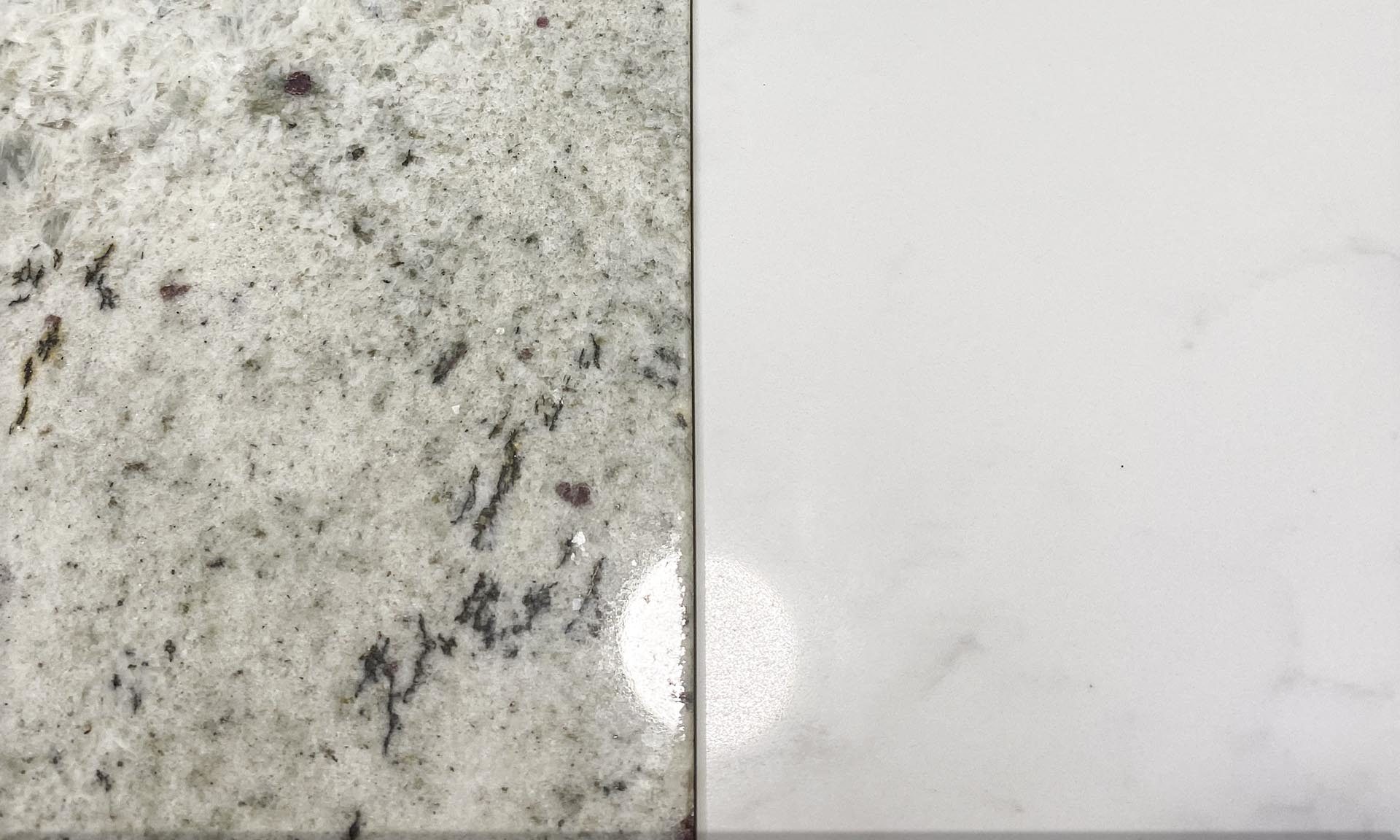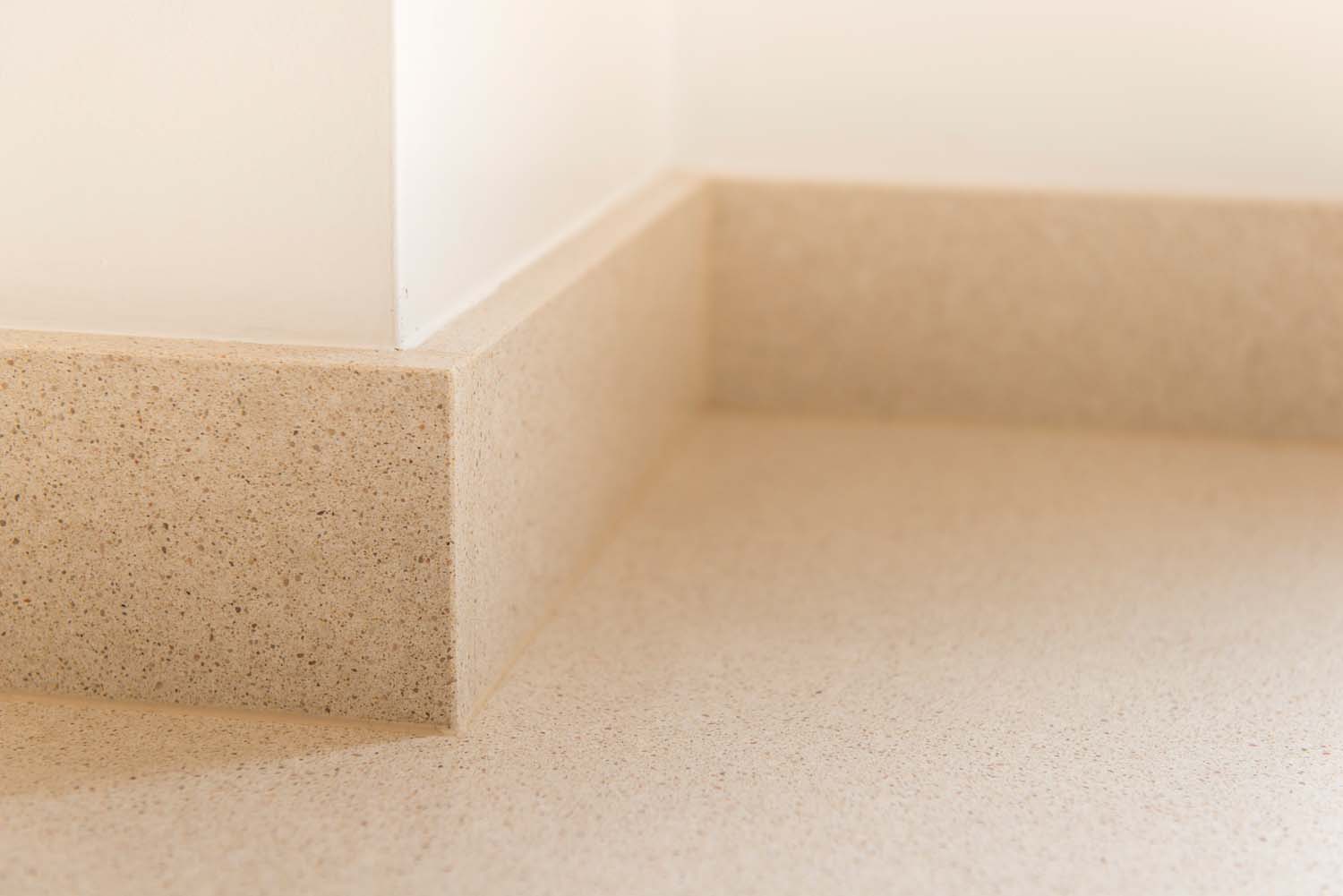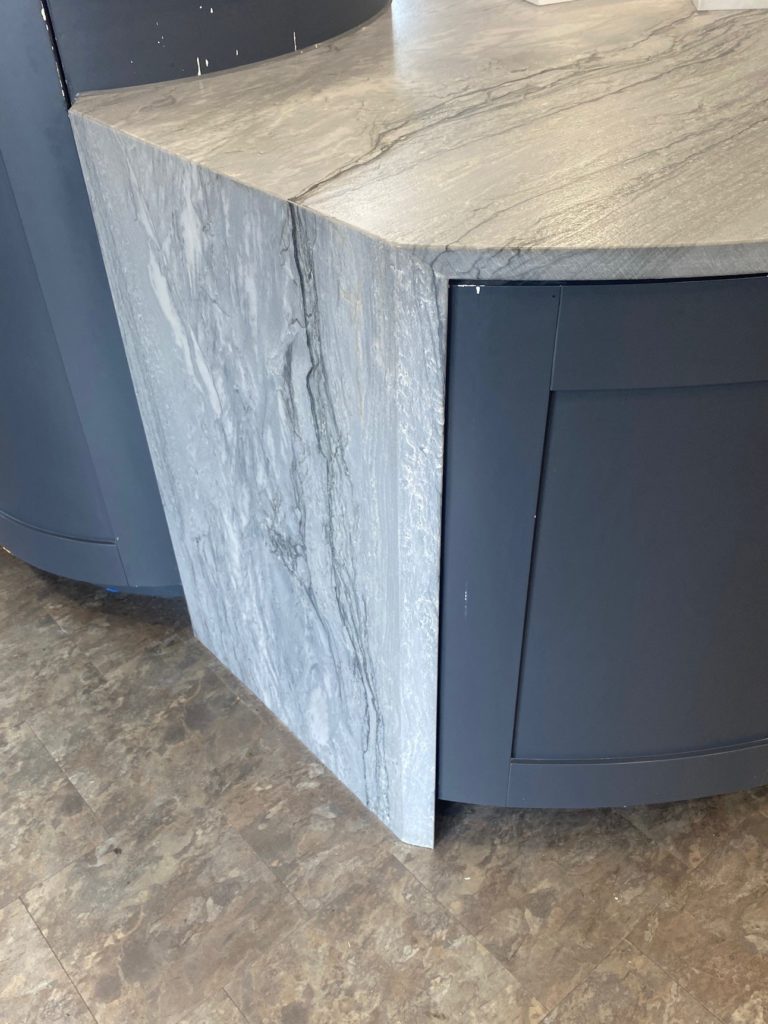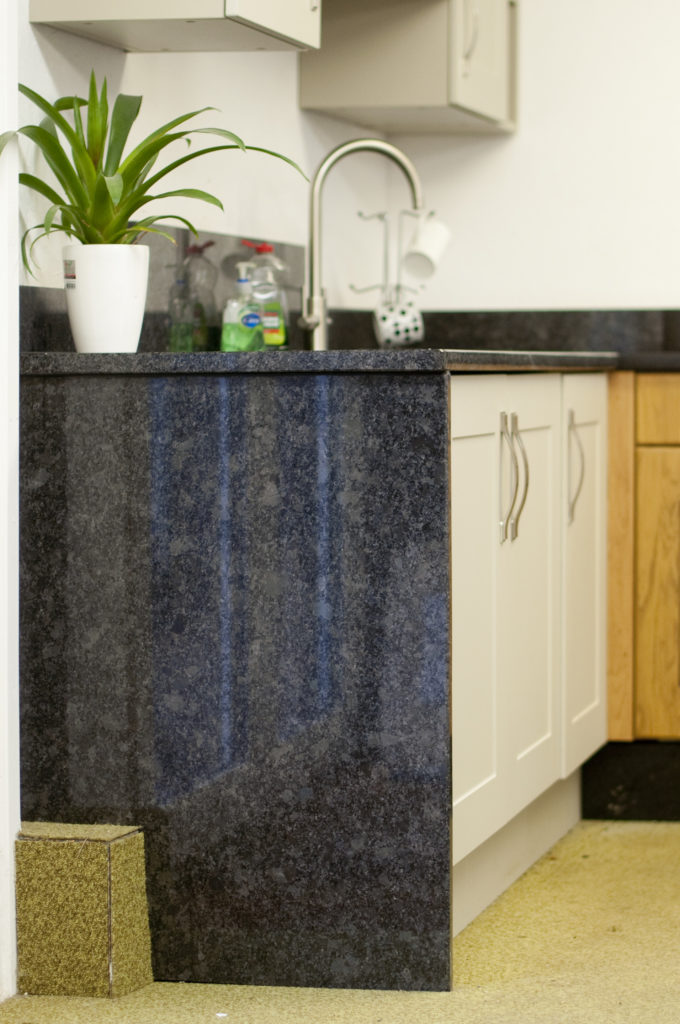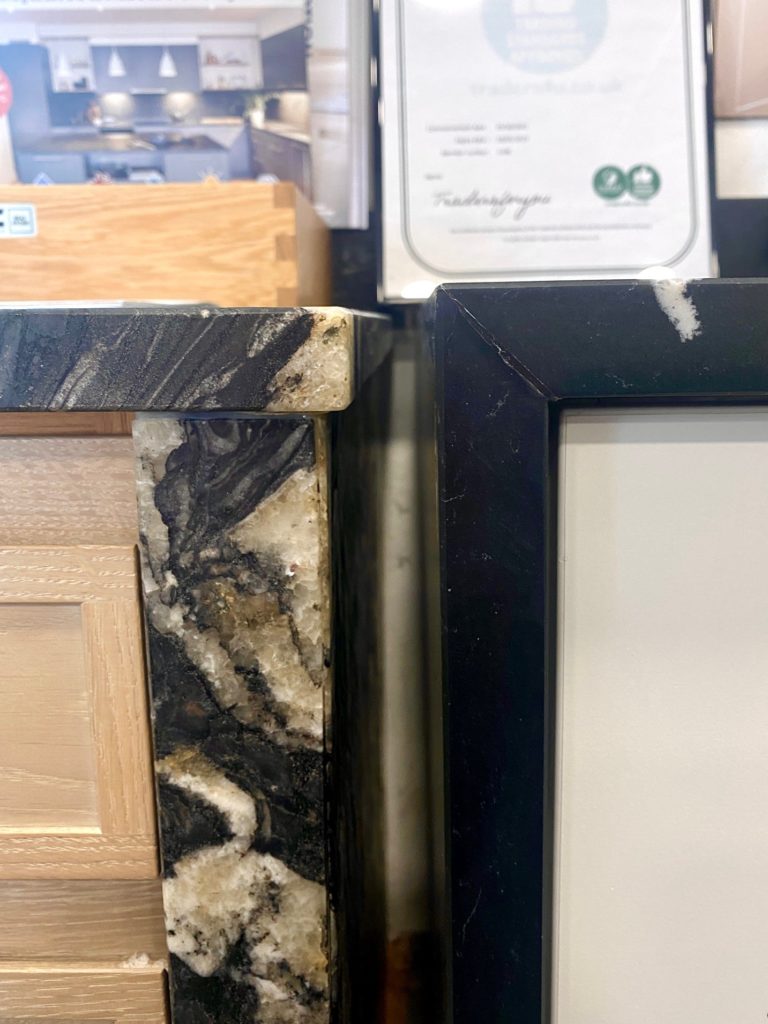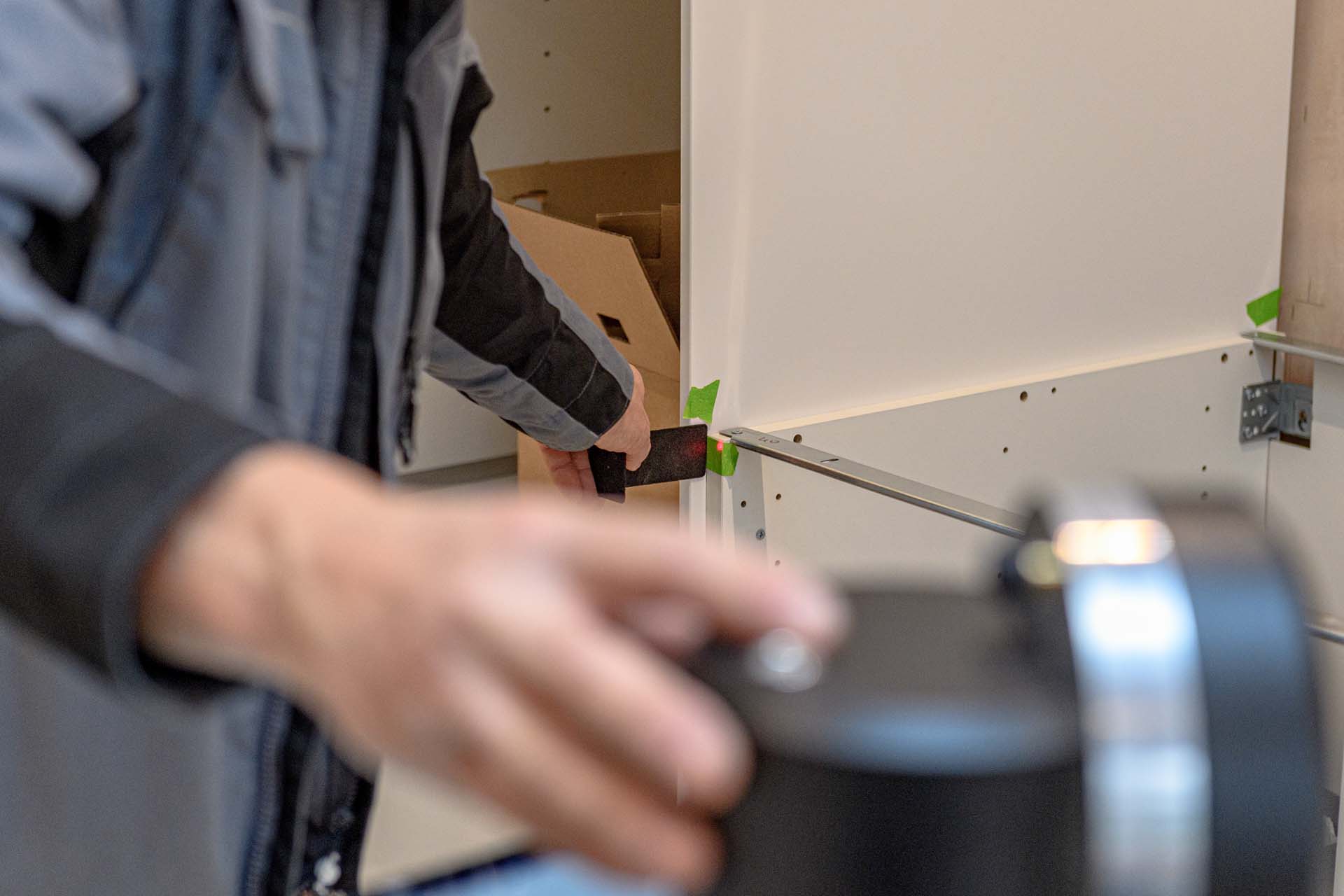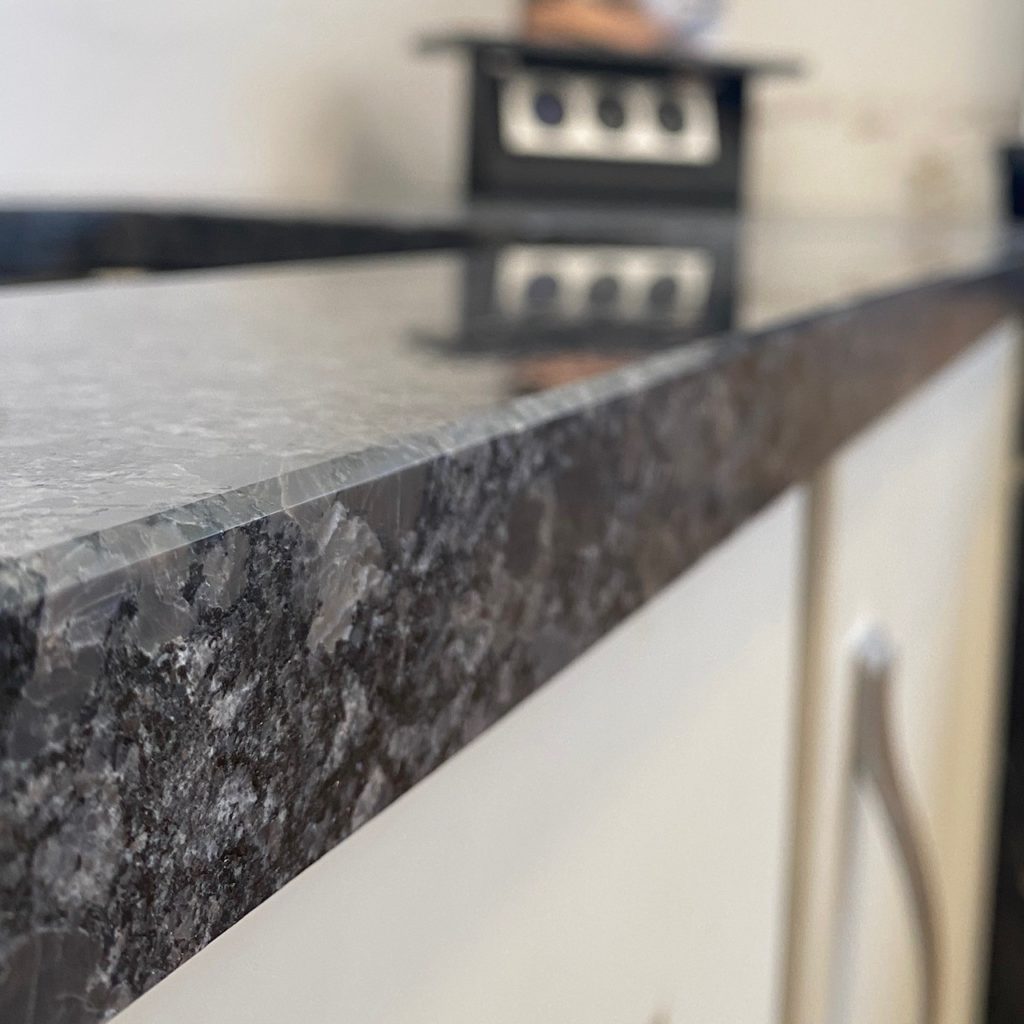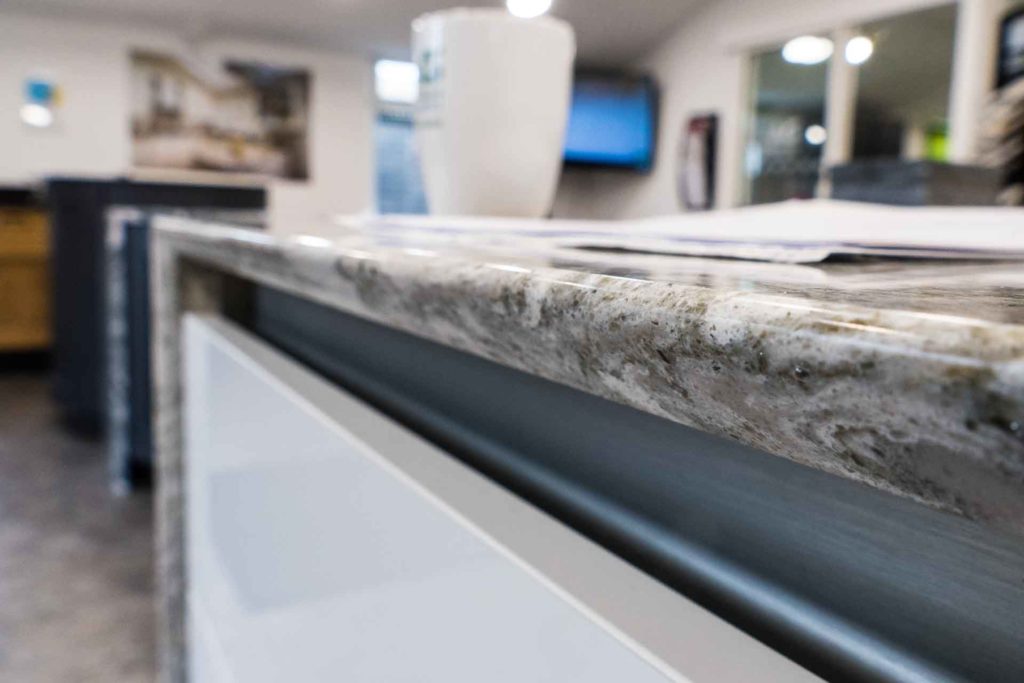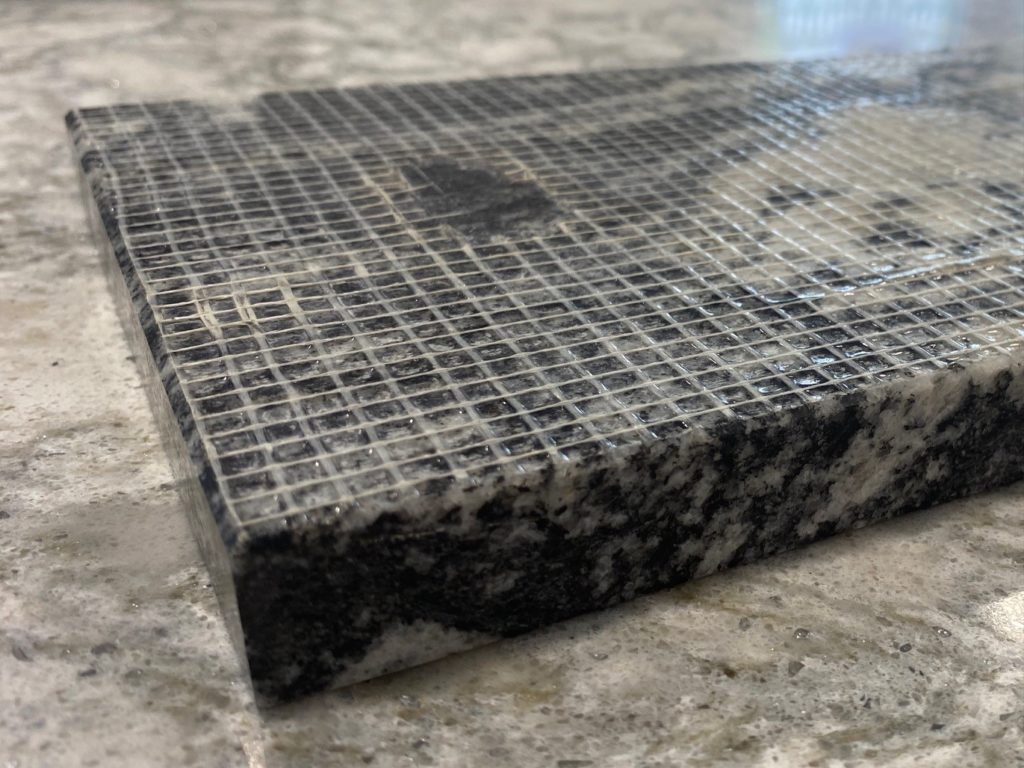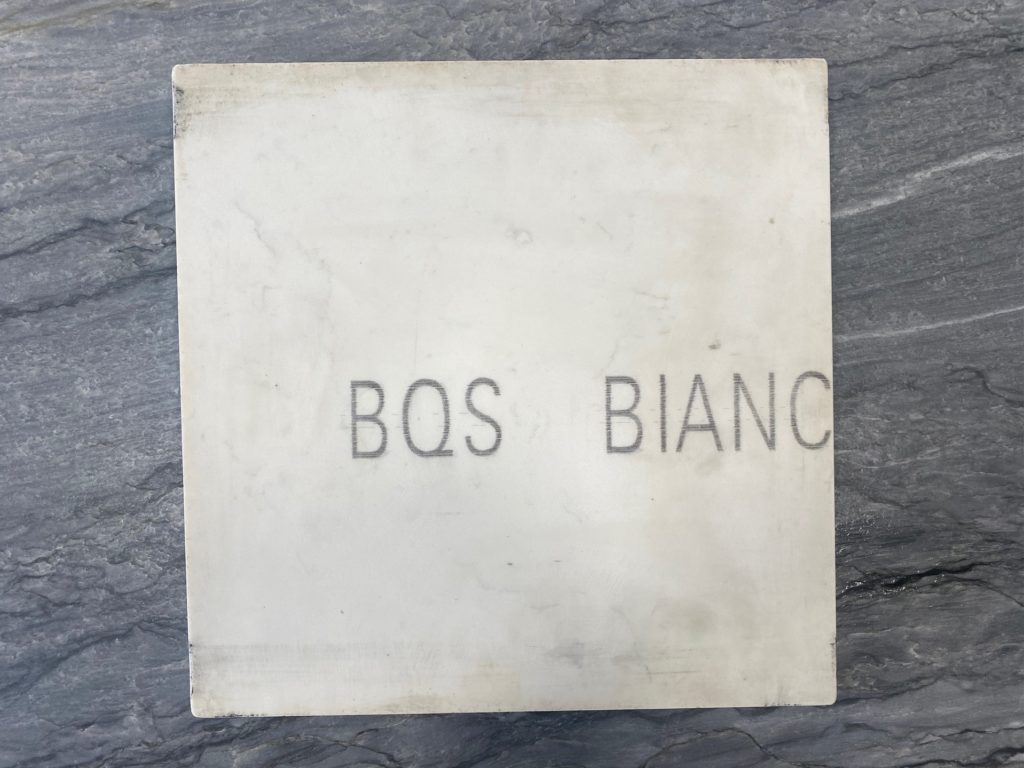What does it all mean?
“How big do you want your upstands?” “Will that downstand be mitred?” “When will you be ready for templating?”
These are all questions you may be asked when choosing your kitchen worktops but what do they mean?
As granite and quartz is something we work with everyday, sometimes we assume that when customers come to us they’ll be up to speed with their worktop lingo, but often this isn’t the case.
I hope this brief guide will help you understand some of the most commonly used terms when choosing your worktop.
Quartz or Granite?
Quite simply, quartz is manmade, and granite is natural.
Granite comes from quarries; they are sourced from all over the world.
Scientifically speaking granite is a very specific rock, but in our industry it covers a range of natural stones suitable for use as kitchen worktops.
Quartz is a term for engineered stone. There are many brands across the marketplace all offering different looks and styles.
Upstands
Upstands are a small piece of material that run along the back of the worktop That help catch small splashes.
Usually, they are installed at 100mm high but in more modern kitchens people go for something shorter to give a sleeker finish.
Down-Stands
This is where we create a panel going from work surface to the floor made in the same material as the worktop.
It makes an incredible feature especially in heavier veined material. There are two different styles:
Butting up to the worktop so there is a bit of an overhang of the worktop over the down stand.
We frequently do mitred down stands (also known as a waterfall edge) This is where the worktop and the down stand are cut at a 45 degree angle and are joined together to form a waterfall effect.
Templating
Templating is where one of our helpful templaters comes and visits your property.
They use a laser to scan your units and make a digital mock up of your kitchen.
This digital mock up is then sent to the saw in our workshop to make your worktops.
Edge Profiles
The edge profile is the finish to the edge of the worktop.
Our standard edge profile is a standard chamfer (bevel) to the top and bottom edge and this is applied to all polished edges.
However, we do offer many other edge profiles at varying additional costs to help create your desired look in your kitchen.
To name a few others we have pencil-round, shark-nose and cove dupont.
Under-Smoothing
This usually applied to the seating area on an island giving the underside of an overhang a smoother finish.
Natural granites can have a net glued to the back.
If left it can snag on clothing as you sit.
Quartz comes smooth already but can have the texture of a blackboard.
Many manufacturers also put their stamp on the back of their slabs, some customers choose to have this removed through undersmoothing.
That’s just a few of most common terms you will hear when choosing your worktops. Want to learn more?
Why not have a look at our full glossary of terms.
We are Affordable Granite, the leading installer of granite and quartz worktops in Surrey, Sussex and across the South East. We aim to make the worktop selection process as easy as possible. Please don’t hesitate to contact us on 01293 863992 or by email on sales@affordablegranite.co.uk/ .
Images copyright © Affordable Granite / Andrew King Photography.

